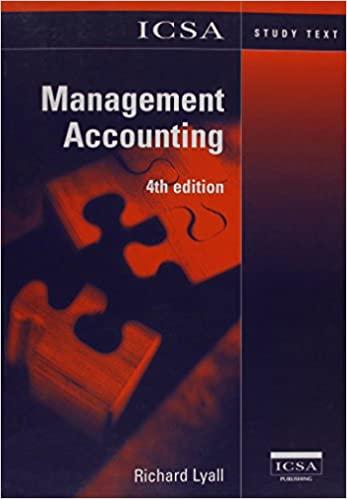Question
A direct marketer of women's clothing, must determine how many telephone operators to schedule during each part of the day. They estimate that the number
A direct marketer of women's clothing, must determine how many telephone operators to schedule during each part of the day. They estimate that the number of phone calls received each hour of a typical 8-hour shift can be described by the probability distribution in the table (so 120 calls per hour = 8*120 = 960 calls per day). Each operator can handle 15 calls per hour and costs the company $20 per hour.
Each phone call that is not handled is assumed to cost the company $6 in lost profit.
Use simulation (1000 replications) to determine: 1. Average number of missed calls if the company had 10 operators. (Note: you don't need any cost information to complete parts 1-3 of this problem.)
2. Percentage of days with missed calls.
3. Average number of calls missed on days when calls were missed.
4. Calculate total DAILY cost for 10 operators including operator pay and opportunity cost. Calculate a 95% confidence interval for average cost using 1000 replications. 5. Considering the options of employing 6, 8, 10, 12, 14, or 16 operators, use simulation to determine the number of operators that minimizes the expected hourly cost (labor costs plus opportunity cost lost profits).
| Hourly | |||||
| Calls | Probability | ||||
| 80 | 0.10 | ||||
| 120 | 0.40 | ||||
| 160 | 0.30 | ||||
| 200 | 0.15 | ||||
| 300 | 0.05 | ||||
| 15 | Operator call capacity per hour | ||||
| $20 | Operator cost per hour | ||||
| $6 | Lost call opportunity cost | ||||
| 10 | Number of operators | ||||
Step by Step Solution
There are 3 Steps involved in it
Step: 1

Get Instant Access to Expert-Tailored Solutions
See step-by-step solutions with expert insights and AI powered tools for academic success
Step: 2

Step: 3

Ace Your Homework with AI
Get the answers you need in no time with our AI-driven, step-by-step assistance
Get Started


